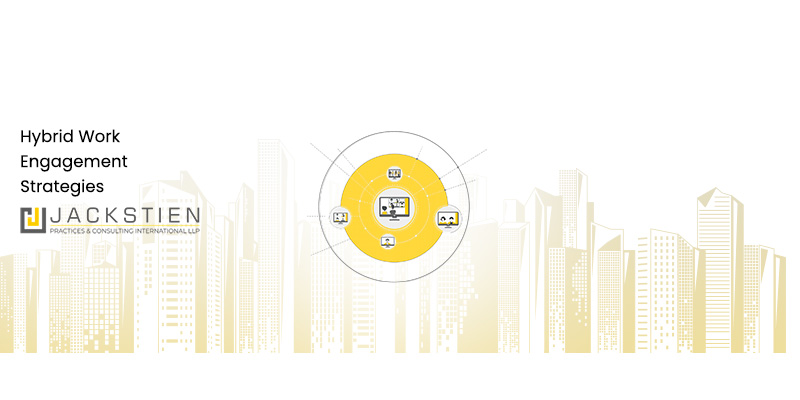In simplest terms, flexible employment models and open talent pools encourage the deviation from conventional organizational structures to dynamic networks. Enterprise use of these models is not very new. But with remote and hybrid work now being more than normalized due to the pandemic, we see a swift increase in flexible deployment.
There have been many issues with using open talent pools though. But more on that later.
From a firm’s point of view, open talent pools bring in a lot of opportunities. Sometimes, a project-based task might not justify hiring a full-time employee and going through the costly process of screening, training, and monitoring them before they begin working.
Open talent pools give HR professionals and managers the chance to pick and choose, globally, from numerous freelancers and part-time workers whose skills and knowledge align the best with the job at hand. This access to international talent manifests in the workplace becoming more collaborative.
An on-demand workforce also gives another advantage of multiple cost savings to firms. Here, costs that are related to recruitment, training, social security, and idle time are considerably reduced.
Consultants are of course available but many circumstances require specialised implementation over expert advice.
Points to consider for firms:
Open talent pools might prove to be more effective for tasks where specialized skills that are not available internally are needed.
Open talent pools are a great way to supplement core teams.
Where brilliant results have the potential to give high profits to the firm, hiring from an open talent pool instead of depending on fixed teams can enable a firm to have increased choices in terms of skills, experience, efficiency, and knowledge.
When hiring an outsider is more economical than training and spending on overtime and other expenses of a fixed employee for a one-time project, a flexible model is a way to go.
While these new employment systems become increasingly approved and adopted by the corporate world, they come with their own set of challenges.
For starters, remote and hybrid work give firms many concerns about IP and risks related to security. Integrating independent professionals and an on-demand workforce with core teams is a task too. Management might be worried about company culture and organizational structure.
But with the right tools and solutions, these dilemmas can be addressed to a point better than they were earlier. Communicating company values to remote employees can be tricky waters, but with the right management approach, communication and policies this can be easily dealt with.
Also, prioritizing performance over surveillance can prove more advantageous when a firm aims for better integration of remote employees.
If firms can move past these obstacles, the benefits of flexible employment models are many.
In fact, one of the best returns from an investment in a remote or hybrid work structure is to enhance and integrate the usage of open talent pools.
ABOUT THE AUTHOR
A senior banker from the complex global markets space, Mr Nishant Shah has worked for more than two decades across Citibank, Standard Chartered and JPMorgan Chase before taking over as our Managing Partner. Passionate with word and pen about finance, technology, macroeconomics and future trends, he is a Chartered Accountant by education and the winner of various prestigious awards during his career, including the ‘India Awards for Excellence’.


